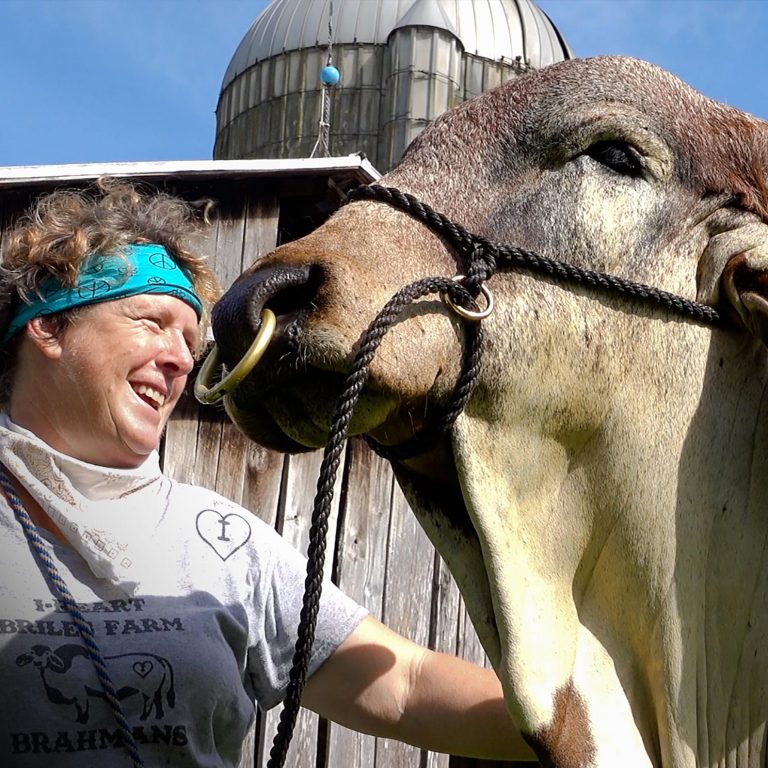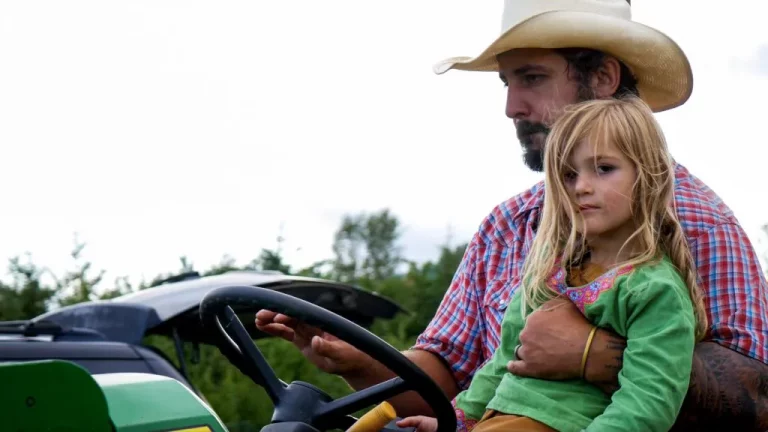Robert F. Kennedy Jr.’s vision for American agriculture, as outlined in the “Make America Healthy Again” (MAHA) initiative, represents a significant shift toward supporting small and medium-sized farmers. By advocating for regenerative practices and challenging the dominance of industrial agriculture, Kennedy’s proposals aim to revitalize rural communities and promote food sovereignty.Barron’s

A central component of Kennedy’s plan is the overhaul of existing agricultural policies that have historically favored large-scale, chemical-intensive farming. He emphasizes the need to “reverse 80 years of farm policy,” focusing on eliminating harmful pesticides and promoting organic, regenerative agriculture. This approach not only seeks to improve public health by reducing exposure to toxic chemicals but also aims to restore soil health and environmental sustainability.DTN Progressive FarmerDTN Progressive Farmer
Critics argue that transitioning to small-scale, regenerative farming may not be economically viable. However, Kennedy counters this by highlighting the potential for government incentives and support to facilitate this shift. By redirecting subsidies toward sustainable practices, small farmers can achieve profitability while contributing to a healthier food system .Washington ExaminerGreat American Crop InsuranceDTN Progressive Farmer
Moreover, Kennedy’s emphasis on scale-appropriate regulations addresses the challenges small producers face in accessing markets dominated by large agribusinesses. By reforming policies that currently favor industrial operations, his plan aims to level the playing field, allowing diverse farming practices to thrive .Washington Examiner
Across the United States, small family farms and ranches—those responsible for 96–98% of all agricultural operations—are disappearing at an alarming rate. Nearly 142,000 farms have been lost in just five years, a staggering 77 per hour(USDA Economic Research Service Report). The reasons are complex, but one theme continues to unite farmers, ranchers, bankers, and advocates alike: the regulatory deck is stacked against the little guy.
Today’s regulatory framework wasn’t built for small, regenerative producers. It was designed by and for industrial-scale agriculture, prioritizing conformity, control, and consolidation over competition and community. That’s why leaders across the ag industry are calling for regulatory reform—not just deregulation, but smart, scale-appropriate changethat restores access, fairness, and opportunity.
Judith McGeary of the Farm and Ranch Freedom Alliance (FARFA) puts it plainly:
“Regulations in almost every area of food—from meat processing to produce safety—are designed to be workable for large-scale, chemical and confinement-based producers.”
(Source: ZeroHedge Article)
For small producers, the cost and complexity of compliance can be crippling. And even those who manage to comply find themselves locked out of mainstream markets or undercut by deceptive labeling.
Deregulation, when done right, could open the gates—giving small farms a fair shot at serving local communities, selling direct to consumers, and operating without being smothered by one-size-fits-all rules. This doesn’t mean eliminating standards—it means rewriting them to fit reality, ensuring safety without destroying independence.
Bill Bullard, CEO of R-CALF USA, calls out the deeper roots of the issue:
“We’re facing undue corporate influence over dietary guidelines, a revolving door between regulators and industry, and a beef market dominated by just a few major players.”
(Source: ZeroHedge)
The solution, he says, lies in enforcing antitrust laws, restoring Mandatory Country of Origin Labeling (MCOOL)(read more here), and breaking up the monopolies that have hollowed out rural America.
Meanwhile, the Farm Credit System, originally built to empower family farms, is now issuing billion-dollar mega-loans to Fortune 500 corporations. Dustin Kittle, a Tennessee rancher and agricultural attorney, explains:
“The Farm Credit System was originally created to safeguard family farms. It’s now funneling half of its $400 billion loan portfolio into mega-loans.”
(Source: ZeroHedge)
According to Kittle, eliminating these Big Ag loans could free up $200 billion—enough to offer $400,000 loans to 500,000 family farms, aligning with USDA’s own findings about the number of farms in need of financing.
And at the local level, ranchers like Cole Bolton, SVP at Frontier Bank of Texas, are sounding the alarm:
“Now, more than ever, producers need access to liquidity for expansion or just simple stability… ranchers have been indentured to leverage.”
(Source: ZeroHedge)
What’s needed isn’t a free-for-all—it’s a realignment. A mission reset for federal programs. A rebalancing of regulation to reflect the needs of the 98%, not the 2%. And a renewed focus on liberty, transparency, and local control in our food system.
It’s time to recognize that America’s food security doesn’t lie in centralized systems or global conglomerates—it lies in the hands of our small farmers and ranchers. And if we’re serious about preserving that backbone, then regulatory reform isn’t just an option—it’s an imperative.









